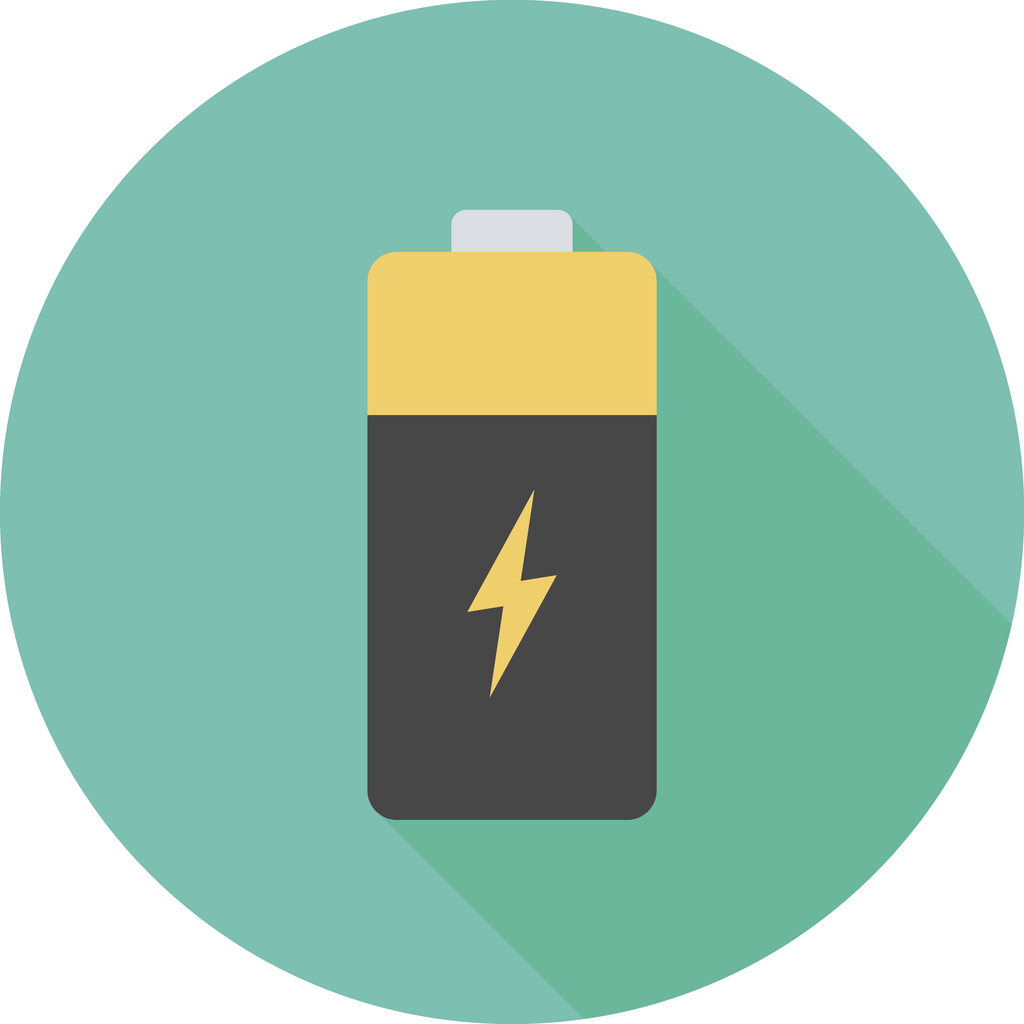 New research from Sandia National Laboratory is moving toward advancing solid state lithium-ion battery performance in small electronics by identifying major obstacles in how lithium ions flow across battery interfaces.
New research from Sandia National Laboratory is moving toward advancing solid state lithium-ion battery performance in small electronics by identifying major obstacles in how lithium ions flow across battery interfaces.
The team of researchers, including ECS member Forrest Gittleson, looked at the nanoscale chemistry of solid state batteries, focusing on the area where the electrodes and electrolytes make contact.
“The underlying goal of the work is to make solid-state batteries more efficient and to improve the interfaces between different materials,” says Farid El Gabaly, coauthor of the recently published work. “In this project, all of the materials are solid; we don’t have a liquid-solid interface like in traditional lithium-ion batteries.”
According to El Gabaly, the faster the lithium can travel from one electrode to the other, the more efficient the batteries could be.
“We are essentially taking away the cash tolls and saying everybody needs to go through the fast track, so you’re smoothing out or eliminating the slowdowns,” El Gabaly says. “When you improve the process at the interface you have the right infrastructure for vehicles to pass easily. You still have to pay, but it is faster and more controlled than people searching for coins in the glove box.”
The researchers state that their main focus was not on large scale applications such as EVs, but instead small and integrated electronics, providing a lower maintenance, more reliable energy alternative.
This from Phys.org:
The work used pulsed laser deposition and X-ray photoelectron spectroscopy combined with electrochemical techniques. This allowed very small-scale deposition since the batteries are thin and integrated on a silicon wafer.
“Using this method, we can engineer the interface down to the nanometer or even subnanometer level,” Gittleson says.

